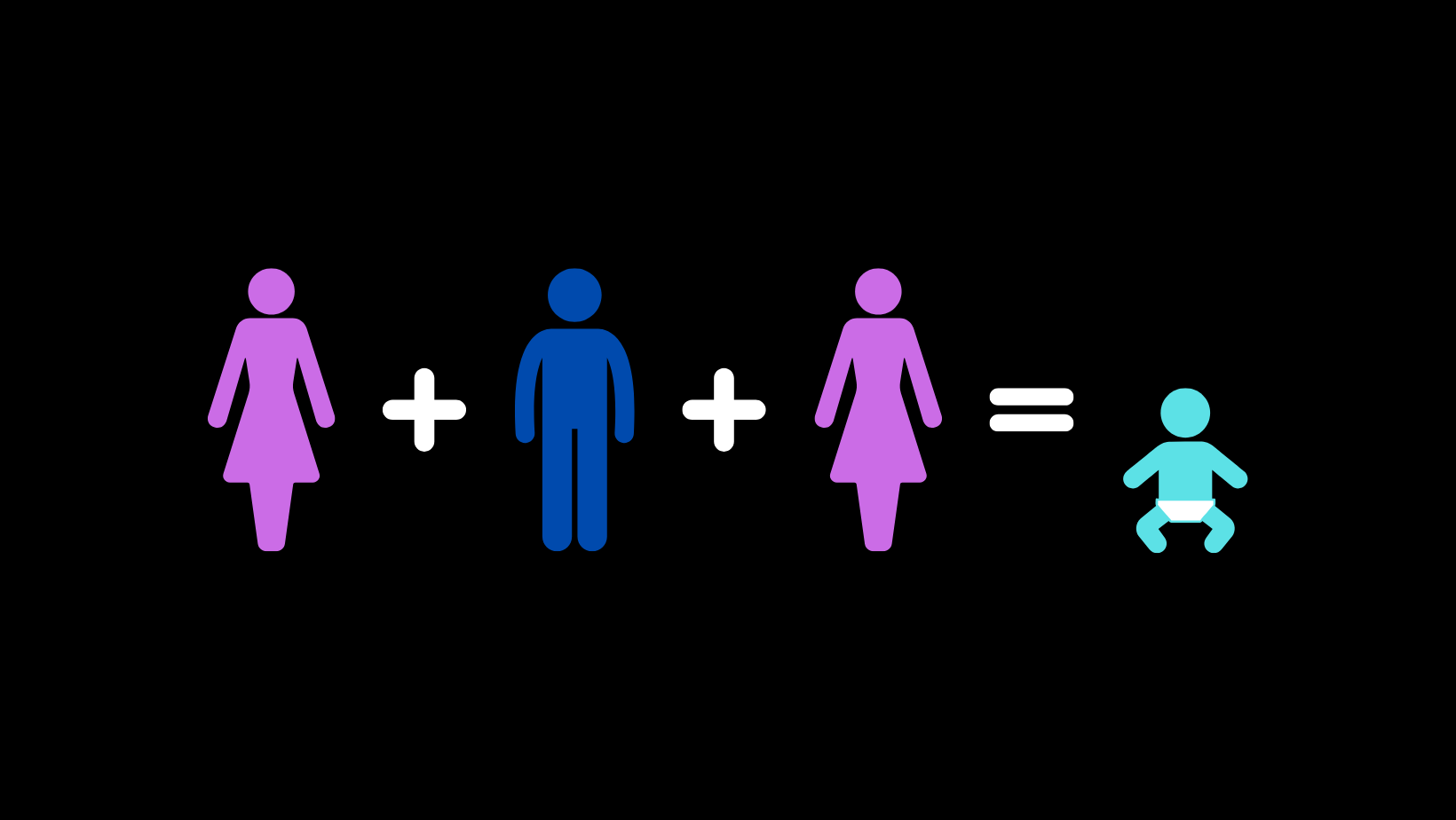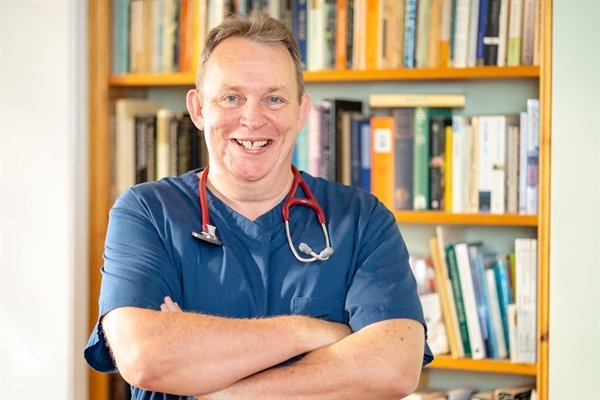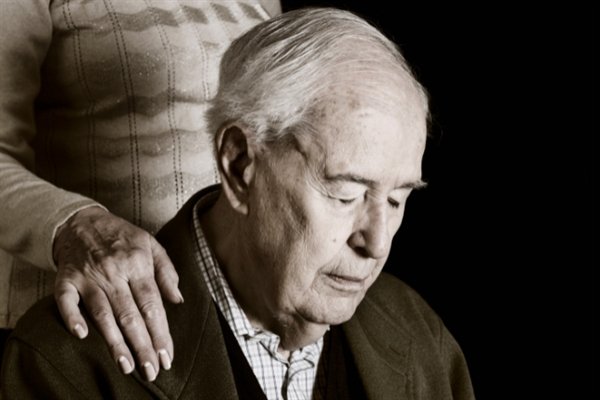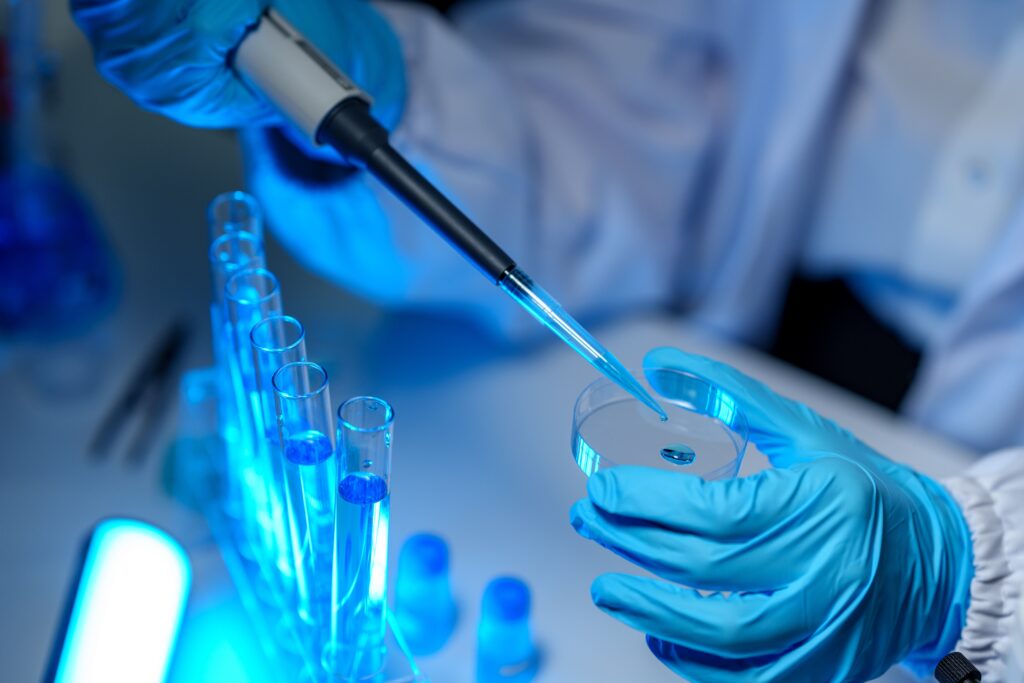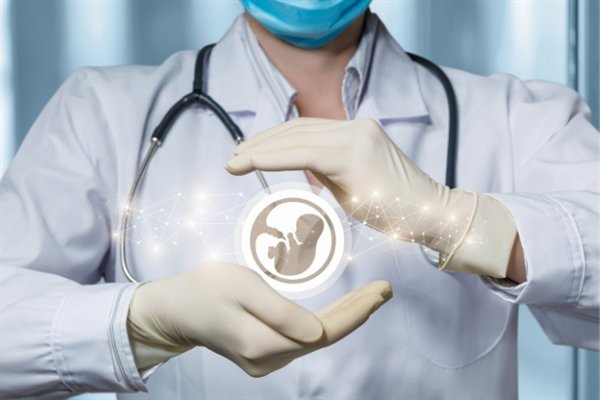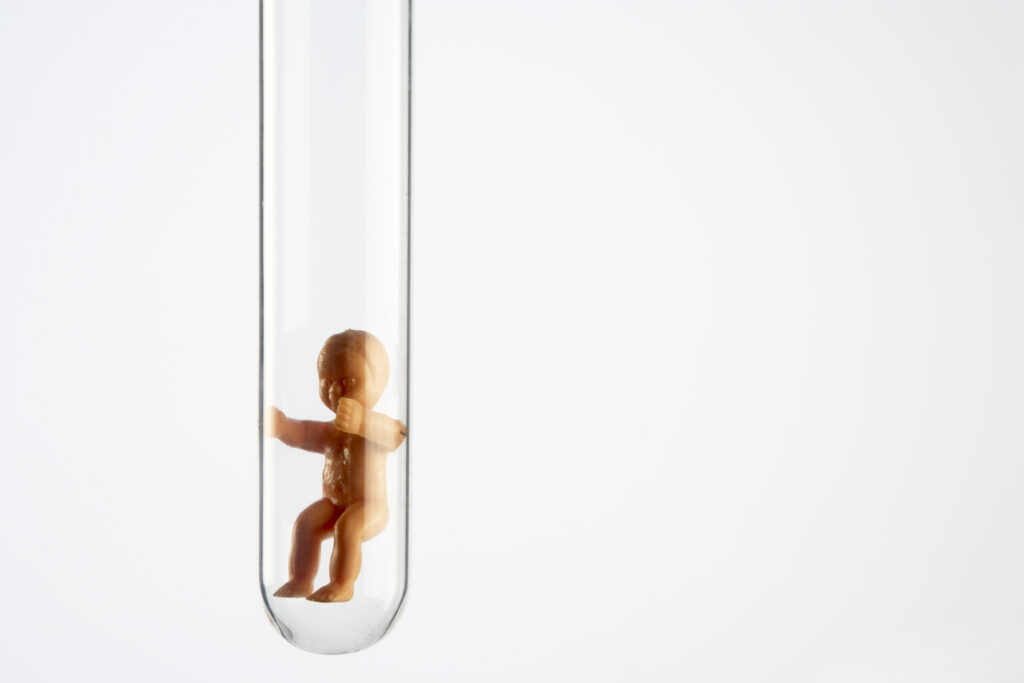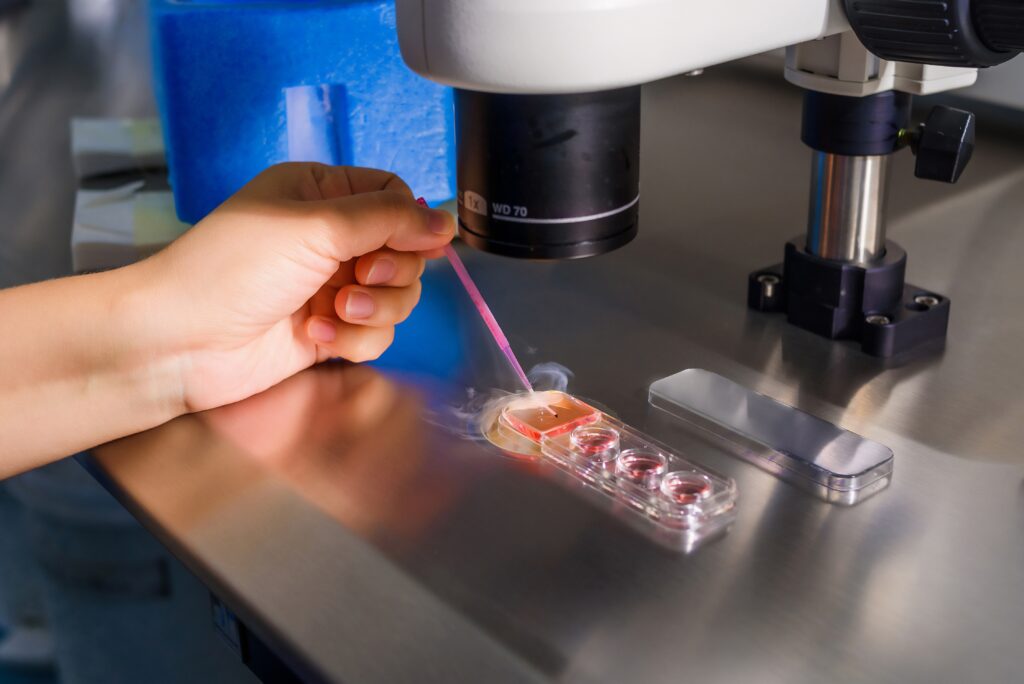A recent headline announcing a scientific breakthrough for mitochondrial disease should be a moment of rejoicing. Eight healthy babies have been born using mitochondrial replacement therapy (MRT). Professor Bobby McFarlane, Professor of Paediatric Mitochondrial Medicine at Newcastle University said: ‘Seeing the joy and relief these children have brought to their parents is such a privilege.’
Mitochondrial diseases encompass a range of conditions which exhibit severe and debilitating symptoms; from epilepsy and developmental regression to diabetes and deafness. Put simply, these diseases result when the mitochondria found in every cell in the body are not functioning as they should, often with deficient energy production. The condition is passed through the maternal line from mother to child. The genes in mitochondria, which are found in the cytoplasm surrounding the nucleus, are distinct from the genes in the nucleus. Nuclear genes make up most of the total DNA.
A new method
MRT is intended to enable a couple to have a child free of disease who is genetically related to both parents. The Newcastle-based scientists used a new method of MRT called pronuclear transfer (PNT) to achieve the eight successful births. Their results were published here and here.
PNT involves taking the DNA from an embryo whose mother has the disease and inserting it into a donor embryo with healthy mitochondria from whom the nucleus had been removed. This technique means that the child is genetically related to his or her mother and father (MRT which uses donor eggs and IVF means that children have no genetic relation to their mother). PNT means that a child has an extra mother via her mitochondria. Children born by this process are the so-called ‘three-parent children’.
We rejoice at the birth of these eight new babies, who are now two years old. But there is no cause to celebrate the means by which they were brought into being.
The maths
Let’s start with the maths. 25 women with faulty mitochondria in their cells hoped for a healthy baby. To achieve this, 929 embryos were created; 357 eggs from the 25 women were fertilised as well as 572 eggs from donors, using sperm from each of the respective fathers-to-be. From the 929 embryos, 320 were selected for PNT; 160 embryos from the mothers and 160 donor embryos. The PNT process resulted in 127 new embryos, who were genetically different from the 320. Of these 127 embryos, some were deemed to be of low quality and were discarded. The remainder were transferred to 22 of the 25 mothers. Eight embryos survived to birth.
Apart from the enormous loss of human life incurred in achieving these babies, PNT does not absolutely guarantee freedom from mitochondrial disease. Research shows that some defective mitochondria can still be transferred with the nucleus of the affected mother, to the donor embryo. The eight babies born under the supervision of the Newcastle team are reportedly showing no signs of mitochondrial disease. Dr Greg Pike, SPUC’s consultant on bioethics, says: ‘The scientists involved here have expressed considerable relief at finding eight healthy babies. However, they acknowledge that these children will have to be monitored throughout their lives for any signs of the disease re-emerging.’
Bypassing the disease
There are other issues at stake. In the same way that IVF does not treat the cause of infertility but bypasses it, MRT does not treat mitochondrial disease, but bypasses it by more complex but equally unethical means. In addition, MRT is not the only way forward to tackle this cruel and devastating group of diseases. There is currently considerable research into treatment for mitochondrial diseases, which is looking hopeful.
Once again, as in other methods of reproductive technology, the person who has no say in this, and yet will live with this for the rest of his or her life, is the child. Of course, the eight children from the latest news report are loved and cherished by their father and one of their mothers. But we don’t know how they will feel when they hear about their unusual origins. At present, the law in this country will only allow three-parent children to find out about their second mother after the age of 16, and only with non-identifying information.
Dr Pike says: ‘There is an irony in that MRT is deemed necessary so that a couple can have a genetically related child. But the genetic relatedness of the donor is deemed so insignificant as to deny the child access to information or possible relationship with the donor.’
Semantic game-playing
So why the fanfare about this scientific achievement? Well, it’s great news for the Newcastle scientists, who seem hard-wired to cross new boundaries, experimenting to see what they might achieve. But is it good for humanity? The answer must be no. MRT is a form of hereditary genetic modification, which contravenes the Council of Europe’s Oviedo Convention, among other codes of ethics. But the UK has decided that MRT does not entail genetic modification. ‘This is semantic game-playing,’ says Dr Pike. ‘And the UK appears to be an outlier here.’
Summing up his response to the report from Newcastle, Dr Pike says: ‘In a nutshell, I interpret this work as mostly about scientists wanting to try a new and risky method with a low success rate for something that can be addressed by other means. Of course, mitochondrial diseases are terrible, but the potential treatment group is extremely small, and there are other less extreme options available.’
Pandora’s box
MRT is a pandora’s box. The lid is on at the moment and the messaging on the box is all about overcoming terrible diseases. But, as this technology is refined, there could easily be those who will see the commercial possibilities. In the quest to cure diseases, MRT is not a route we should be going down.
If you’re reading this and haven’t yet donated to SPUC, please consider helping now. Thank You!

